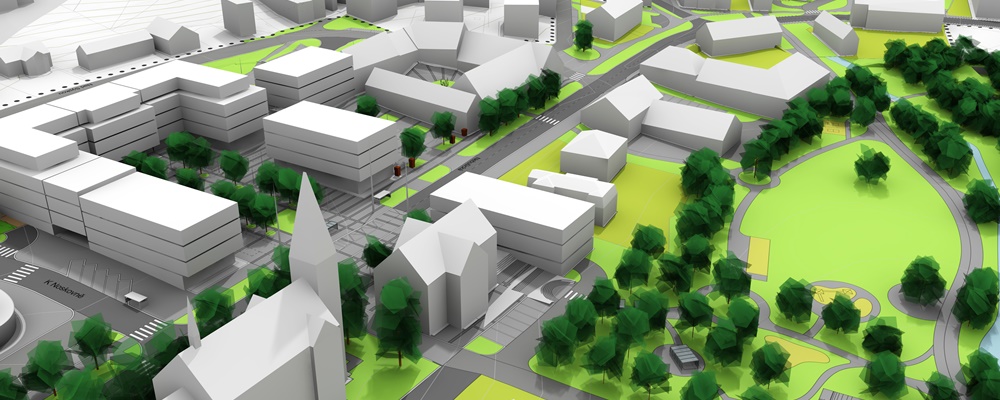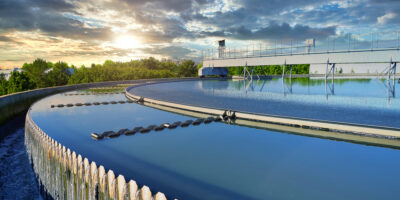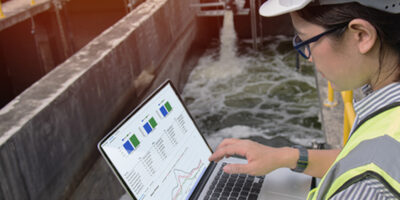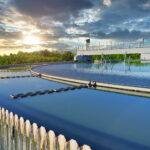In this new age of ‘green urbanism’, innovative urban planning often includes thoughtful green solutions that bring benefit both to the community and environment.
While it is true that urban planning is more than good physical design, one can’t deny the fact that sustainable design considerations – right from the early planning phase – would lead to successful final design and construction that can significantly influence our quality of life in the cities.
What are sustainable urban drainage systems?
Sustainable urban drainage systems (SuDS) or low-impact development (LID) are approaches in managing surface water – taking flooding, pollution, amenities, green living spaces, wildlife habitat and contamination of groundwater sources into consideration. With efficient SuDS in place, governments and water utilities can better manage flood risks and water quality, and as a result improve spaces where we work, live and play.
Even in the most modern of cities, it is clear that we are connected to nature in more ways than we think. Most of the time when people think of ‘nature’, they picture places untouched by humans. In reality, you can find nature all around the city, and integrating nature into urban design – like we do with SuDS – not only improves living conditions, it also helps us deal with climate change impacts while protecting the environment.
How so? When we include SuDS in our urban design planning and management strategies, we are able to ‘harvest’ surface water (from stormwater runoff and snowmelt) efficiently and consequently preserve the water balance and water quality in catchments and local water bodies, and minimise potential risks of pollution.
Traditional versus sustainable urban drainage systems
Traditional urban drainage systems do not consider long-term sustainability as key design criteria and are often designed for one main reason: to transport the water away from the areas where community interactions are taking place and prevent flooding.
To do this, rainfall runoff needs to be moved along as quickly as possible. This results in the need for large storage tanks in downstream locations and huge sewers to store the water, discharging it to the receiving waters and thereby truly ‘draining’ the catchment. This means that there is little opportunity, if any, for the water to be reused. Traditional systems are limited by volume capacity in receptors with a risk for blockage due to debris. There is also a possibility of contamination of drinking and recreational water.
On the other hand, SuDS addresses these issues by returning stormwater to natural water sources as soon as possible. By handling the water at the source instead of collecting and directing the influx of water to a separate location with limited capacity, SUDS makes use of various types of permeable layers – usually soil and vegetation – to ensure that the water is reused, reabsorbed at source or returned to nature.
In addition, SuDS brings about benefits such as natural groundwater recharge, reduction in runoff and better water quality.
How can water modelling help you integrate SuDS in your construction?
Many national planning policies now encourage the use of SuDS. Government and regulators are increasingly looking out for evident use of SuDS in project proposals and are expecting this approach to be incorporated in new developments.
Water modelling can help you incorporate SuDS into your development planning. Through water modelling, different scenarios and possible solutions can be analysed and evaluated before construction actually starts. Modelling is a good complement to traditional design because it provides an overview for the entire catchment – something that can be missed in detailed design.
One typical example would be to use modelling to identify the sub–catchments to implement SuDS for the best effects in further downstream catchments and receiving waters. Another common scenario is to use modelling to improve water quality, by pinpointing which catchments are the main contributors of pollutants and therefore should be prioritised for actions. Finally, modelling of new development areas can reveal possible limitations, and developers will be able to tap on the modelling results for future planning.
The benefits of fully Integrated modelling
When considering the use of water modelling in your development projects, it is important to adopt a holistic and fully integrated modelling approach. You should be able to model the complete hydrological cycle of the catchment and drainage system, including the features of LID- and SuDS-specific solutions, both for water volumes and water quality.
Ideally, your water modelling software should feature advanced and complete options for hydrological and hydraulic modelling, together with full water quality modelling of dissolved and particle pollutants, sediment transport and biological processes in the drainage system. A software like MIKE+ meets these objectives and can easily be integrated with other modelling software within the MIKE family to represent the full hydrological cycle, including the groundwater system and receiving waters (both fresh and saltwater). This gives the user the ability to evaluate the effects of their existing and potentially new drainage system not only within the catchment but also in surrounding boundaries.
More about managing stormwater in cities
Efficient management of urban stormwater runoff is a major objective of cities worldwide. Building long-term sustainable drainage solutions involves taking social and environmental factors into consideration – and it is always better to start early for maximum benefits.
Contact us to explore your options in sustainable stormwater management and see which of our solutions work best for you.








